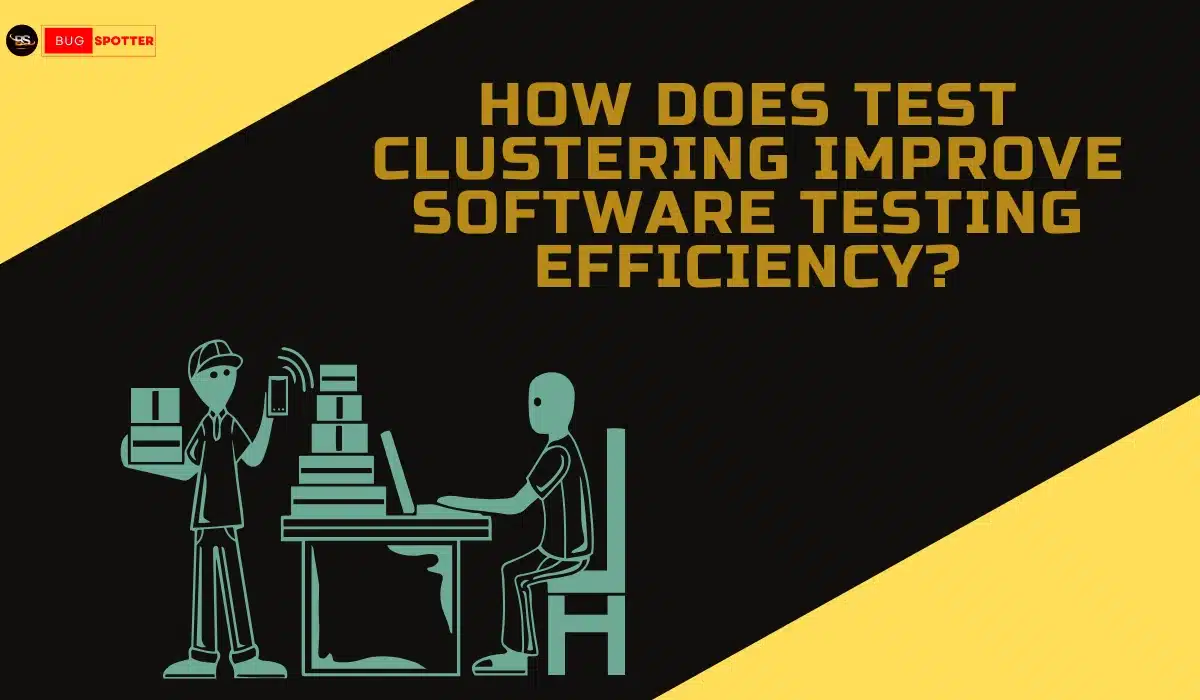What is Dropshipping Website ?
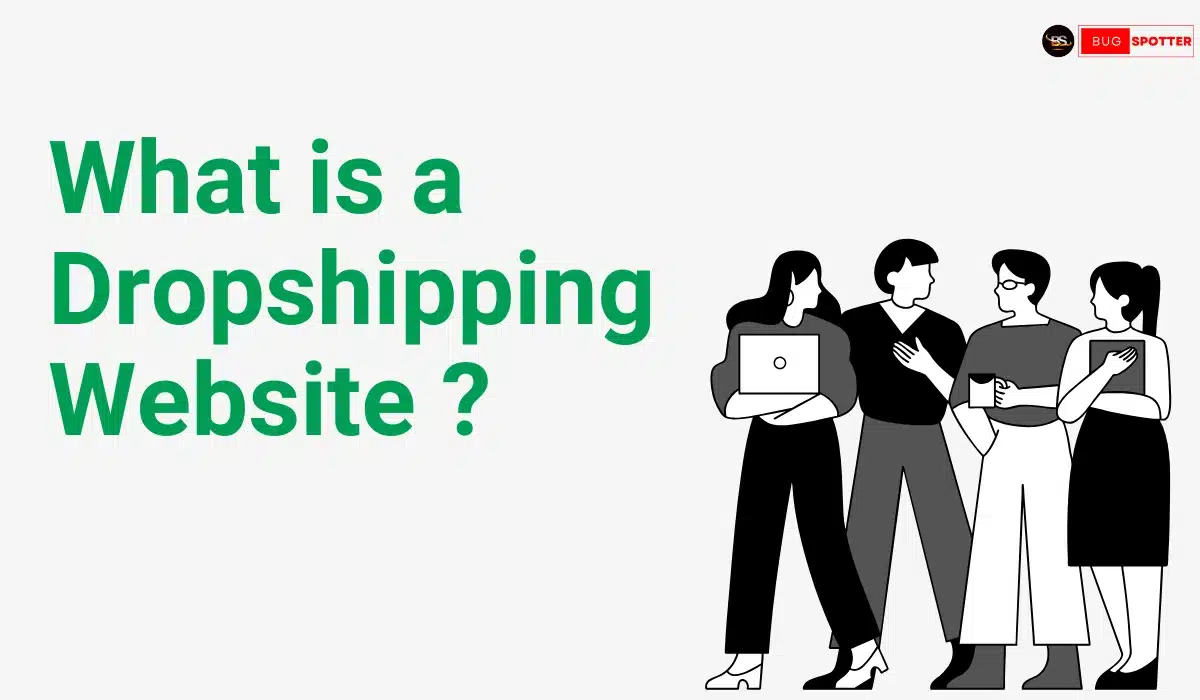
In the ever-evolving world of eCommerce, dropshipping has become a popular business model for entrepreneurs looking to start an online store with minimal investment. But what exactly is a dropshipping website, and how does it work? This article explores the concept, benefits, and steps to creating a successful dropshipping website.
What is a Dropshipping Website?
A dropshipping website is an eCommerce store that sells products without holding inventory. Instead, when a customer places an order, the store purchases the product from a third-party supplier, who then ships it directly to the customer. This model eliminates the need for warehousing and upfront stock investment, making it an attractive option for new business owners.
Unlike traditional retail businesses that require purchasing and storing inventory, dropshipping allows online store owners to focus on marketing and customer service without worrying about logistics, storage, or manufacturing.
Dropshipping Websites
Dropshipping websites are online stores that operate under the dropshipping model. They can be set up using various eCommerce platforms and plugins, allowing store owners to list products, process orders, and automate supplier communication.
Some well-known platforms that support dropshipping websites include:
- Shopify
A widely used eCommerce platform that offers integrations with dropshipping apps like Oberlo and Spocket. - WooCommerce
A WordPress plugin that enables dropshipping functionalities with extensions like AliDropship and Modalyst. - BigCommerce
A scalable eCommerce solution with dropshipping integrations. - Magento
An advanced eCommerce platform for those who require a highly customizable dropshipping store.
Best Dropshipping Websites
Some of the most successful and well-known dropshipping websites include:
- AliExpress Dropshipping
Many store owners source products from AliExpress and use it as a dropshipping supplier. - Printful
A print-on-demand dropshipping website that specializes in custom-printed merchandise. - SaleHoo
A platform that connects dropshipping entrepreneurs with verified suppliers. - Spocket
A dropshipping marketplace that focuses on high-quality products from the US and Europe.
Free Dropshipping Websites
There are free platforms available for those looking to start a dropshipping website with minimal investment:
- WooCommerce (on WordPress) – Free to install, with optional paid extensions.
- Ecwid – Offers a free plan for small stores.
- Big Cartel – Provides a free plan for up to five products.
While these platforms allow for free setups, additional costs may be required for domain names, hosting, and marketing tools.
How to Create a Dropshipping Website
Creating a dropshipping website involves several key steps. Below is a detailed breakdown:
- Choose a Niche
Select a profitable and trending niche with high demand.
Research competitors and analyze market trends.
Avoid overly saturated markets unless you have a unique selling proposition. - Select a Dropshipping Platform
Choose an eCommerce platform like Shopify, WooCommerce, BigCommerce, or Magento.
Consider factors like ease of use, customization options, and integrations. - Find Reliable Suppliers
Use supplier directories like AliExpress, Spocket, SaleHoo, or CJ Dropshipping.
Contact suppliers to ensure product quality, pricing, and shipping reliability. - Register a Domain Name and Hosting
Choose a professional domain name that reflects your brand.
Use a hosting provider like Bluehost, SiteGround, or Shopify (which includes hosting). - Build and Design Your Website
Use themes and templates for a professional look.
Ensure the website is mobile-friendly and easy to navigate.
Optimize for fast loading speeds. - List Products and Set Up Pricing
Add detailed product descriptions, high-quality images, and clear pricing.
Set competitive pricing that includes supplier costs and profit margins. - Integrate Payment Gateways
Offer multiple payment options like PayPal, Stripe, and credit/debit cards.
Ensure secure transactions with SSL certification. - Set Up Automated Order Processing
Use dropshipping apps to automate order fulfillment.
Sync your store with supplier inventories. - Implement Marketing Strategies
Optimize product listings for SEO to attract organic traffic.
Use social media marketing (Facebook, Instagram, TikTok, Pinterest).
Run paid ads through Google Ads and Facebook Ads.
Collaborate with influencers for brand promotion. - Launch and Scale the Business
Test your website before launching.
Continuously analyze sales data and customer feedback.
Expand product offerings and optimize marketing efforts over time.
How Does a Dropshipping Website Work?
Set Up an Online Store – The first step is to create a website using eCommerce platforms like Shopify, WooCommerce, or BigCommerce. These platforms offer customizable templates and easy integrations with dropshipping suppliers.
Partner with Suppliers – Instead of stocking products, store owners partner with wholesalers, manufacturers, or suppliers through platforms like AliExpress, SaleHoo, Spocket, or Oberlo. These platforms connect retailers with suppliers who handle fulfillment.
List Products – After selecting products, store owners list them on their website. Each product listing should include clear descriptions, pricing, images, and specifications. High-quality product images and detailed descriptions improve conversions.
Receive Orders – When customers browse the website and place orders, they make payments through integrated payment gateways such as PayPal, Stripe, or credit cards.
Forward the Order – The store owner forwards the order details, including customer information and product selection, to the supplier. Some eCommerce platforms automate this process for efficiency.
Supplier Ships the Product – The supplier fulfills the order by packing and shipping the product directly to the customer. The store owner does not handle the product physically.
Customer Receives the Order – The customer receives the product as if it came from the online store, without knowing it was shipped by a third-party supplier.
Benefits of a Dropshipping Website
- Low Startup Costs – Since there’s no need to invest in inventory, the initial costs are significantly lower than traditional retail businesses.
- Easy to Start – With the availability of eCommerce platforms and supplier networks, anyone can launch a dropshipping store with minimal technical knowledge.
- Scalability – Dropshipping allows businesses to add a wide range of products without worrying about warehousing or inventory management. This makes scaling easier.
- Flexibility – Since the store operates online, entrepreneurs can manage the business from anywhere with an internet connection. It’s an ideal business model for digital nomads or people looking for passive income streams.
- Reduced Risk – Traditional retail businesses face risks related to unsold inventory. In dropshipping, there is no risk of holding stock that doesn’t sell since products are only purchased when a customer orders them.
Challenges of Dropshipping
- Thin Profit Margins – Because dropshipping has low barriers to entry, the competition is high, which can lead to lower pricing and reduced profit margins.
- Supplier Reliability – The success of a dropshipping business depends on supplier efficiency. Delays in shipping, stock shortages, or poor product quality from suppliers can impact customer satisfaction and harm the store’s reputation.
- Limited Control – Since the store owner doesn’t manage inventory or fulfillment, there is little control over product quality, shipping times, and packaging.
- Customer Service Issues – Handling returns, refunds, and customer complaints can be difficult because the store owner doesn’t physically handle the products. If a supplier provides poor service, the customer will hold the store owner responsible.
How to Create a Successful Dropshipping Website
Choose a Profitable Niche – Instead of selling random products, focus on a specific niche that has high demand and less competition. Popular niches include health and wellness, pet accessories, fashion, and tech gadgets.
Select a Reliable Supplier – Research and partner with reputable suppliers to ensure product quality, timely shipping, and good communication. A reliable supplier is key to maintaining customer trust and repeat business.
Build a User-Friendly Website – A well-designed website with intuitive navigation, mobile responsiveness, and fast-loading pages enhances user experience. Optimize the website for search engines (SEO) to attract organic traffic.
Implement Effective Marketing – Use digital marketing strategies such as search engine optimization (SEO), social media marketing, influencer collaborations, email marketing, and paid advertisements to drive traffic and conversions.
Provide Excellent Customer Service – Offering responsive customer support, clear return policies, and proactive communication helps build trust and improves customer satisfaction.
Analyze and Improve – Continuously monitor website analytics, customer behavior, and sales performance. Use data insights to refine marketing strategies, improve conversion rates, and expand product offerings.
Frequently Asked Questions (FAQs)
1. What is a dropshipping website?
- A dropshipping website is an e-commerce platform that allows businesses to sell products directly to customers without keeping any inventory. Instead, when an order is placed, the product is purchased from a third-party supplier who ships it directly to the customer.
2. How does dropshipping work?
- In dropshipping, a store owner lists products on their website without holding any physical stock. When a customer makes a purchase, the store owner forwards the order to a supplier or manufacturer who then ships the product directly to the customer. The store owner profits by marking up the price from the supplier’s cost.
3. What are the main benefits of dropshipping?
- Low startup costs: You don’t need to invest in inventory or warehouse space.
- No inventory management: The supplier handles all storage, packing, and shipping.
- Scalability: You can easily scale up by adding more products or expanding to different markets without worrying about inventory management.
- Flexibility: Dropshipping can be done from anywhere, as long as you have an internet connection.
4. What do I need to start a dropshipping website?
- To start a dropshipping website, you’ll need:
- An e-commerce platform (such as Shopify, WooCommerce, or BigCommerce)
- A domain name for your website
- A reliable supplier or dropshipping partner
- A payment gateway to process customer payments
- Marketing strategies (SEO, social media, ads) to attract customers
5. How do I find suppliers for my dropshipping website?
- You can find suppliers through platforms such as:
- AliExpress: Popular for a wide variety of products from global suppliers.
- Oberlo: A Shopify app that connects store owners with dropshipping suppliers.
- SaleHoo: A directory of verified suppliers for various product niches.
- Spocket: Focuses on suppliers from the US and Europe for faster shipping.
6. How much profit can I make from a dropshipping website?
- The profit margin in dropshipping varies, typically between 10% and 30% per sale. Your earnings depend on factors like product pricing, marketing strategies, and customer acquisition costs.
7. Is dropshipping a profitable business model?
- Dropshipping can be profitable, but it comes with challenges such as high competition, low margins, and reliance on suppliers for order fulfillment. Success depends on choosing the right niche, establishing strong supplier relationships, and implementing effective marketing strategies.
8. What are the common challenges of running a dropshipping website?
- Low-profit margins: Many dropshipping products have thin margins, requiring you to sell a large volume of products to make a substantial profit.
- Dependence on suppliers: Any issues with suppliers, such as stock shortages or shipping delays, can directly affect your business reputation.
- High competition: The low barriers to entry mean that dropshipping businesses face significant competition, especially in popular product niches.
- Customer service: Handling returns, complaints, and product issues can be difficult since you don’t control the product quality or shipping process.
9. How do I market my dropshipping website?
- You can market your dropshipping website through various strategies, such as:
- Search Engine Optimization (SEO): Optimizing your website to rank higher in search engines.
- Paid Advertising: Running ads on Google, Facebook, or Instagram.
- Influencer Marketing: Partnering with influencers to promote your products.
- Content Marketing: Starting a blog or YouTube channel to attract organic traffic.
10. Can I dropship on platforms other than a website?
- Yes, you can dropship on platforms like eBay, Amazon, or Etsy, though these platforms may have different rules and fees compared to having your own website. They can be a good way to test products and build an audience before transitioning to your own store.
11. Do I need to worry about shipping times in dropshipping?
- Yes, shipping times can be a concern, especially if you’re working with international suppliers. Customers may be unhappy with longer shipping times, so it’s important to set clear expectations, offer faster shipping options, or find local suppliers for faster fulfillment.
12. Is dropshipping legal?
- Yes, dropshipping is legal. However, you need to comply with business regulations, including obtaining any necessary licenses and paying taxes on your income. Additionally, ensure that the products you sell comply with local laws and regulations, such as safety standards or intellectual property laws.
13. Can I automate my dropshipping website?
- Yes, you can automate many aspects of a dropshipping business, such as order processing, inventory updates, and even marketing campaigns. Tools like Oberlo (for Shopify), Dropified, and Zapier can help streamline operations.
14. How do I handle returns and refunds in a dropshipping business?
- Returns and refunds are a bit more complicated in dropshipping since you don’t handle the product directly. You’ll need to have a clear return policy in place and work with your suppliers to understand their return process. Many dropshipping businesses handle returns on a case-by-case basis, with customers returning the product to the supplier or directly to you.
15. How do I ensure the quality of the products I sell in my dropshipping store?
- To ensure quality, it’s important to carefully choose reliable suppliers with good reputations. You can order sample products to check quality firsthand before listing them on your website. Regularly check customer feedback and reviews to ensure that the products meet your standards.
Latest Posts
- All Posts
- Software Testing
- Uncategorized
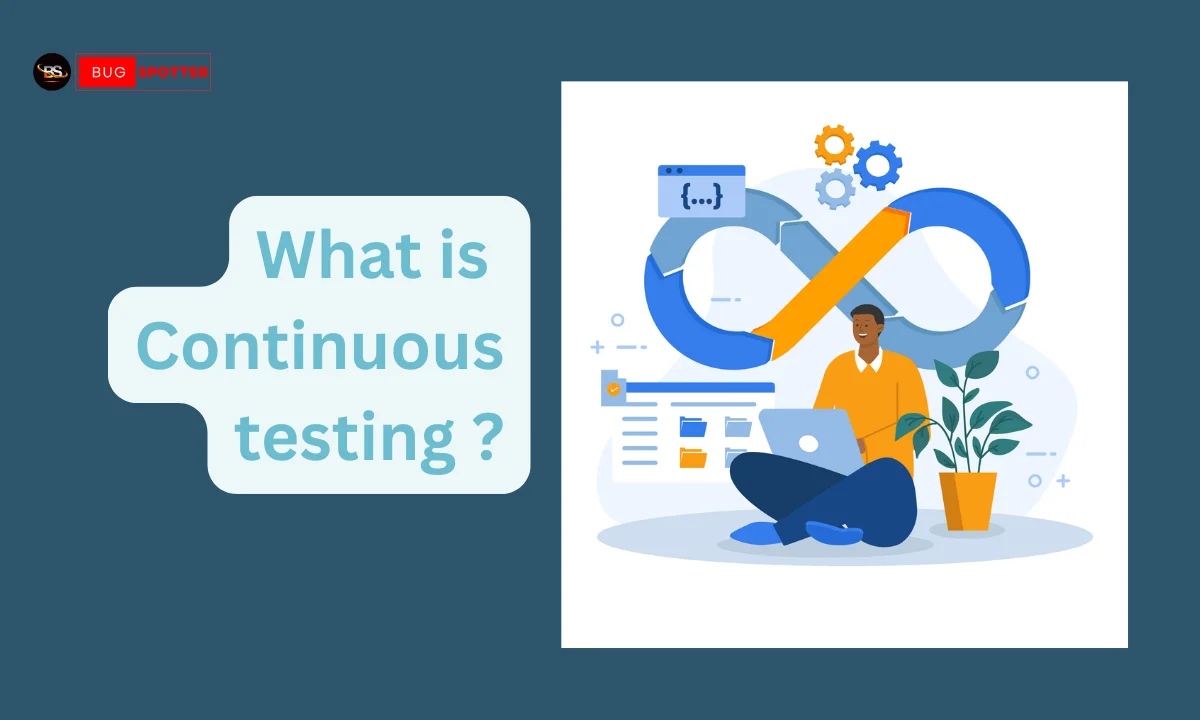
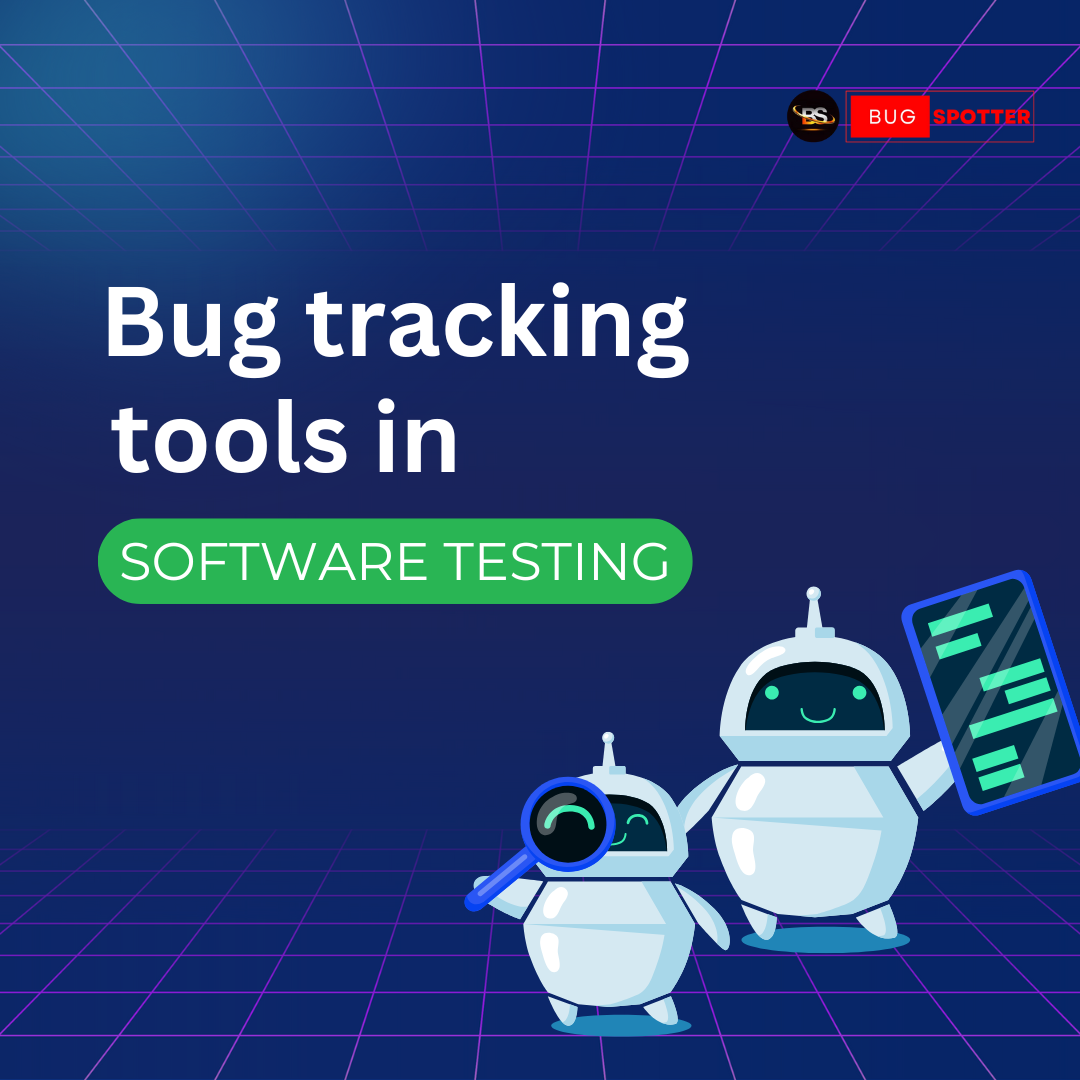
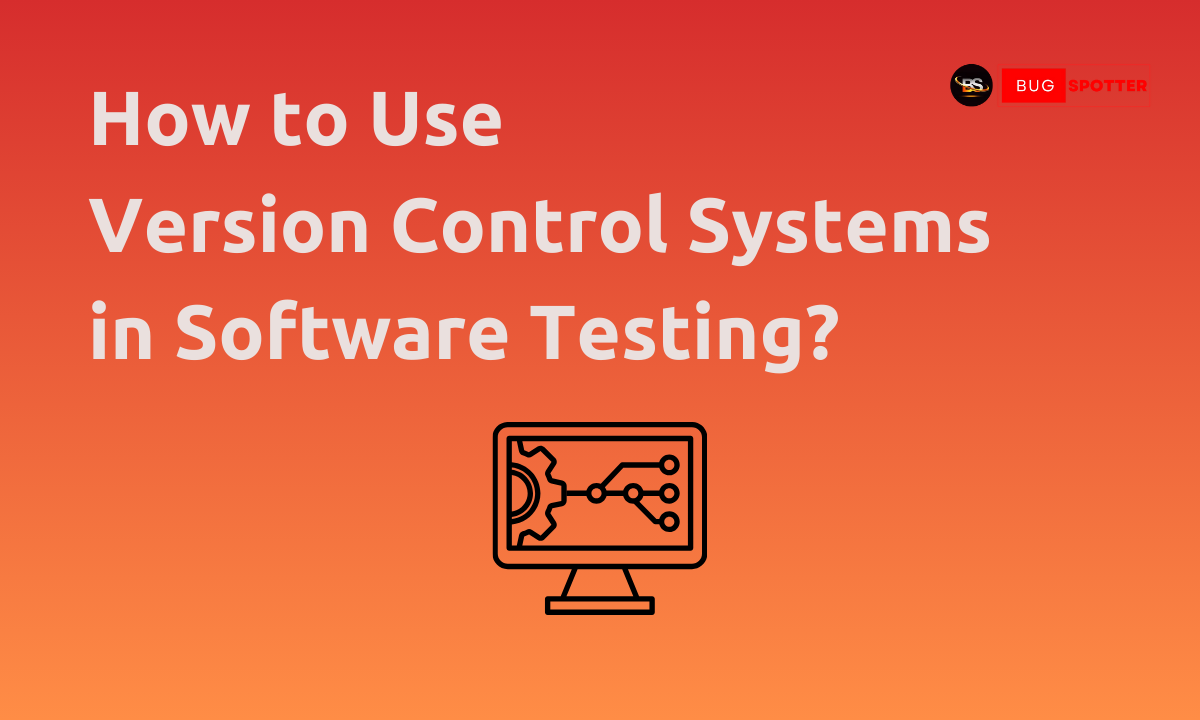
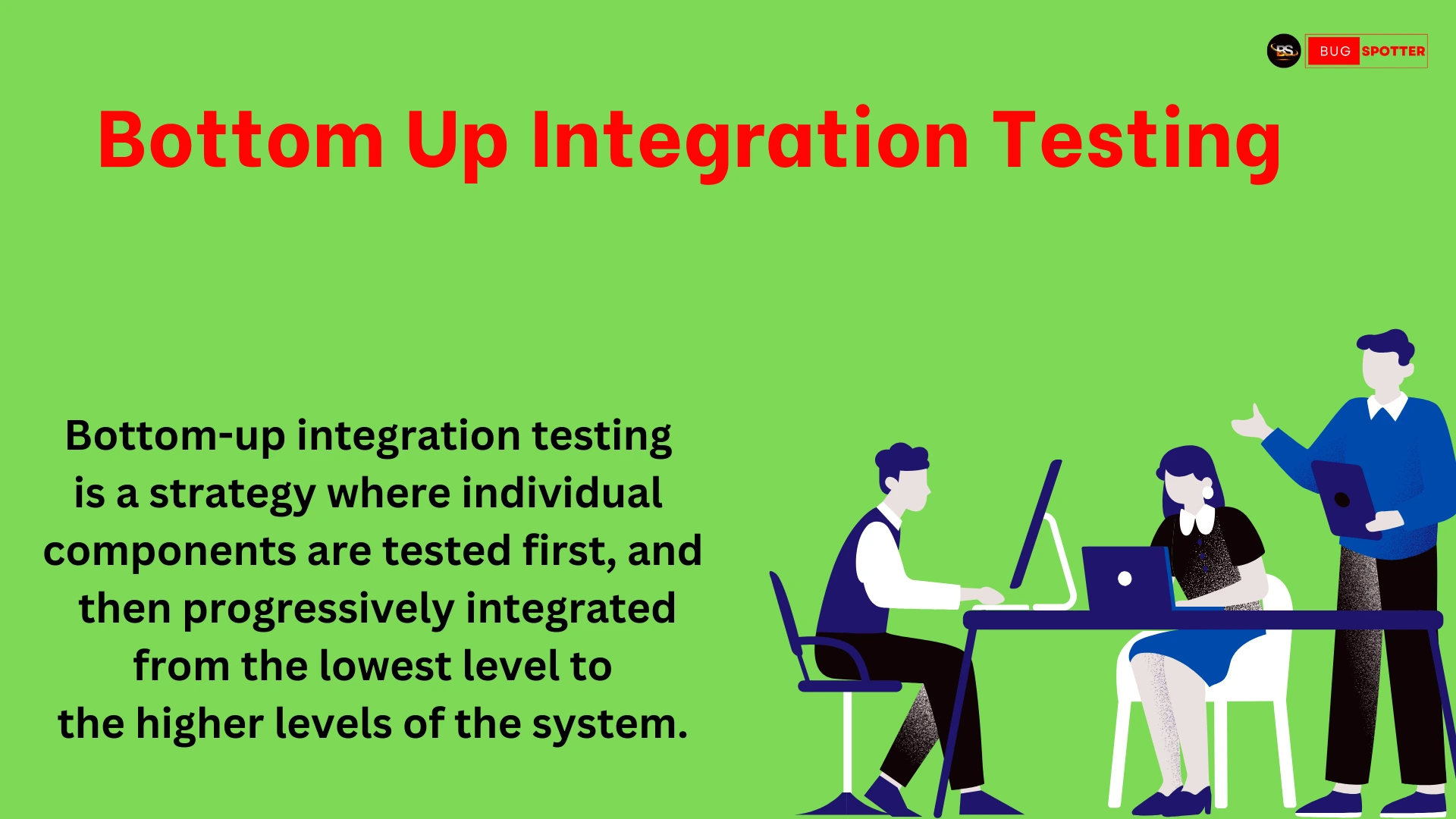

Categories
- Artificial Intelligence (5)
- Best IT Training Institute Pune (9)
- Cloud (2)
- Data Analyst (55)
- Data Analyst Pro (15)
- data engineer (18)
- Data Science (104)
- Data Science Pro (20)
- Data Science Questions (6)
- Digital Marketing (4)
- Full Stack Development (7)
- Hiring News (41)
- HR (3)
- Jobs (3)
- News (1)
- Placements (2)
- SAM (4)
- Software Testing (70)
- Software Testing Pro (8)
- Uncategorized (33)
- Update (33)
Tags
- Artificial Intelligence (5)
- Best IT Training Institute Pune (9)
- Cloud (2)
- Data Analyst (55)
- Data Analyst Pro (15)
- data engineer (18)
- Data Science (104)
- Data Science Pro (20)
- Data Science Questions (6)
- Digital Marketing (4)
- Full Stack Development (7)
- Hiring News (41)
- HR (3)
- Jobs (3)
- News (1)
- Placements (2)
- SAM (4)
- Software Testing (70)
- Software Testing Pro (8)
- Uncategorized (33)
- Update (33)





